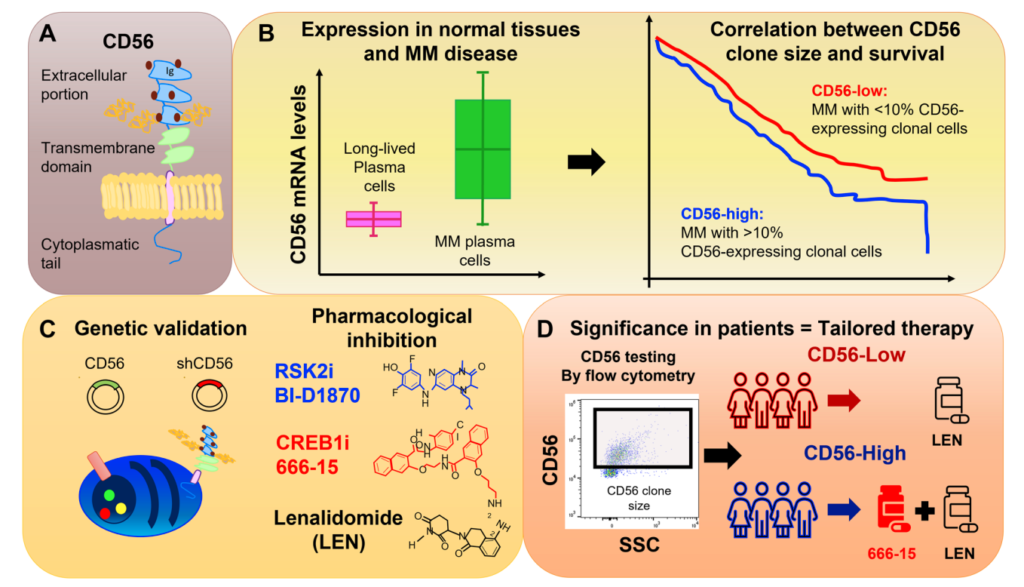“Osteosarcoma is characterized by a complex genetic profile that leads to significant genetic instability, which contributes to therapeutic resistance.”
Despite decades of research, treatment for osteosarcoma has remained largely unchanged, especially for patients whose cancer spreads or returns. However, a growing body of evidence, summarized in the review “SETDB1 amplification in osteosarcomas: Insights from its role in healthy tissues and other cancer types,” published in Oncotarget, highlights the gene regulator SETDB1 as a potential key player in cancer progression, immune system evasion, and resistance to therapy. Targeting this protein may offer a new direction for developing more effective treatments.
Understanding Osteosarcoma
Osteosarcoma is a rare but aggressive bone cancer that primarily affects teenagers and young adults. While current treatments like surgery and chemotherapy can help some patients, outcomes are much worse for those with relapsed or advanced disease.
One of the reasons osteosarcomas are so difficult to treat is their complex and unstable genetics. Unlike cancers with well-defined mutations, osteosarcomas involve chaotic DNA rearrangements, making it difficult to identify precise drug targets. Adding to the challenge, the immune system often fails to recognize these cancer cells, limiting the success of immunotherapy.
The Role of SETDB1 in Osteosarcoma
Researchers from the Gustave Roussy Cancer Campus in France recently published a review in Oncotarget examining the role of SETDB1, a protein that helps control which genes are turned on or off. SETDB1 does this by adding chemical tags called methyl groups to DNA-packaging proteins, effectively silencing certain genes.
In healthy tissue, SETDB1 helps stem cells develop into specific cell types like bone or fat. But in cancer, especially in aggressive osteosarcomas, SETDB1 often becomes overactive. Such activity can silence genes that would normally stop cancer from growing or help the immune system detect tumors. The review highlights how this overactivity is especially common in osteosarcoma tumors that come back after treatment.
Researchers also noted that SETDB1 is active in several other cancers, including melanoma, breast, and lung cancers. This data suggests that finding a way to inhibit SETDB1 could benefit not only osteosarcoma patients but also improve treatment options for various other cancers.
A New Strategy: Blocking SETDB1
Scientists are now exploring ways to block SETDB1 as a new approach to treating osteosarcoma. One experimental compound, SETDB1-TTD-IN-1, is the first to specifically target this protein. Although still in early research stages, it offers a valuable tool to better understand and possibly disrupt how SETDB1 supports cancer growth.
So far, efforts to inhibit SETDB1 have mostly relied on non-specific drugs like DZNep and paclitaxel, or experimental tools such as microRNAs and mithramycin A. While these agents show some ability to reduce SETDB1 activity, they also affect many other cellular processes, which limits their usefulness in treatment. New derivatives of mithramycin, called “Mithralogs,” may offer better results with fewer side effects, but they are still under investigation.
Another treatment strategy is targeting proteins that work together with SETDB1 to silence genes. For example, one molecule called T0070907 targets PPARγ, a factor regulated by SETDB1 that plays a role in bone cell development and osteosarcoma progression.
By turning off SETDB1, researchers hope to reactivate important protective genes and make tumors more visible to the immune system. This strategy could help make treatment-resistant cancers like osteosarcoma more responsive to radiation and immunotherapy.
Even more exciting, SETDB1 appears to play a similar role in other cancers, including melanoma, lung, and breast cancer. That means breakthroughs here could lead to wider, more targeted therapies, potentially offering treatments that are not only more effective but also cause fewer side effects than traditional chemotherapy.
Future Perspectives and Conclusion
Although SETDB1 research in osteosarcoma is still in its early stages, the evidence so far is compelling. This protein sits at a critical intersection of gene regulation, immune response, and cell development. Continued research is needed to develop safe and effective inhibitors, test them in laboratory models, and eventually evaluate them in human clinical trials.
If successful, therapies targeting SETDB1 could offer a long-awaited discovery for osteosarcoma patients, especially those who currently have few treatment options. It represents a promising direction in a field that has seen limited therapeutic advancements in recent decades.
Click here to read the full review in Oncotarget.
_______
Oncotarget is an open-access, peer-reviewed journal that has published primarily oncology-focused research papers since 2010. These papers are available to readers (at no cost and free of subscription barriers) in a continuous publishing format at Oncotarget.com.
Oncotarget is indexed and archived by PubMed/Medline, PubMed Central, Scopus, EMBASE, META (Chan Zuckerberg Initiative) (2018-2022), and Dimensions (Digital Science).
Click here to subscribe to Oncotarget publication updates.
For media inquiries, please contact media@impactjournals.com.

